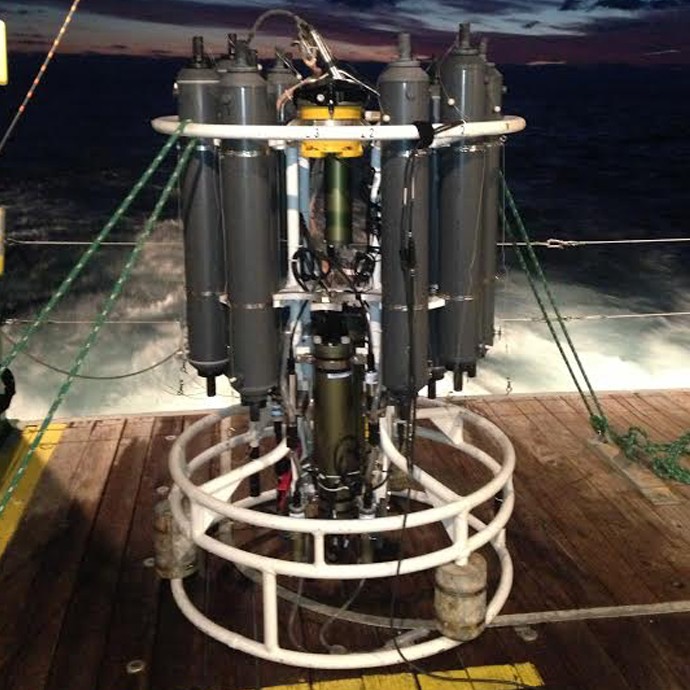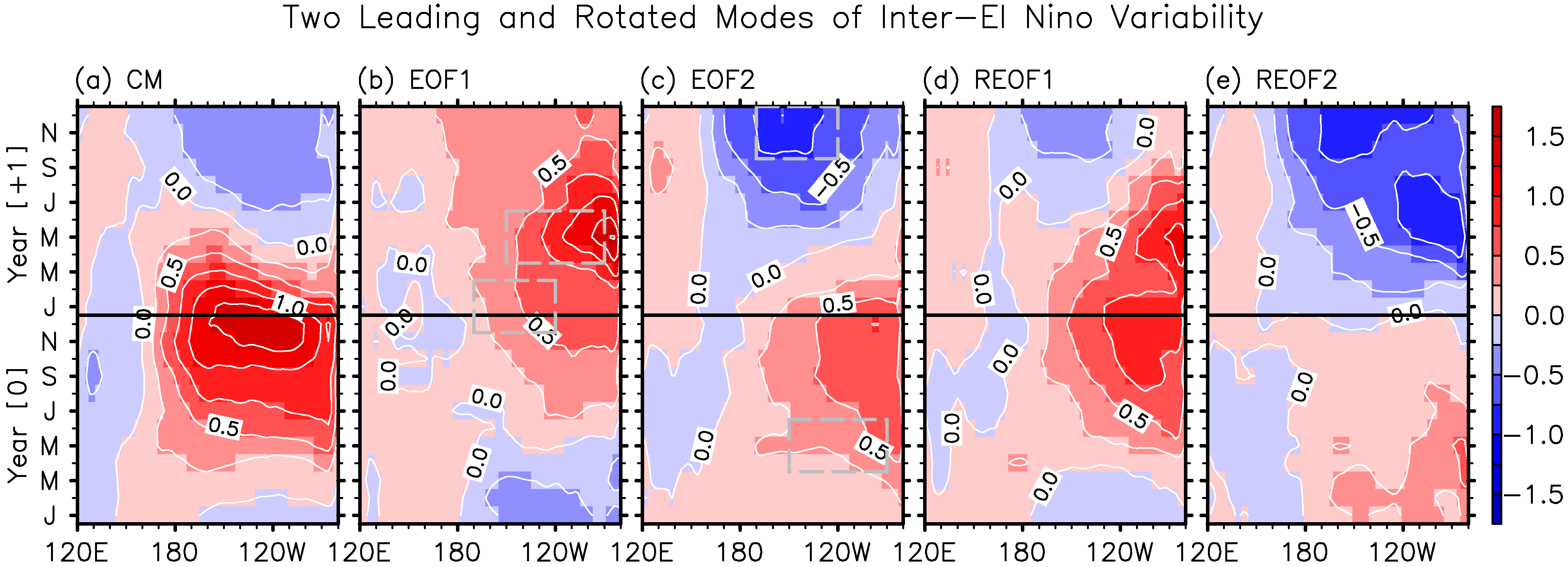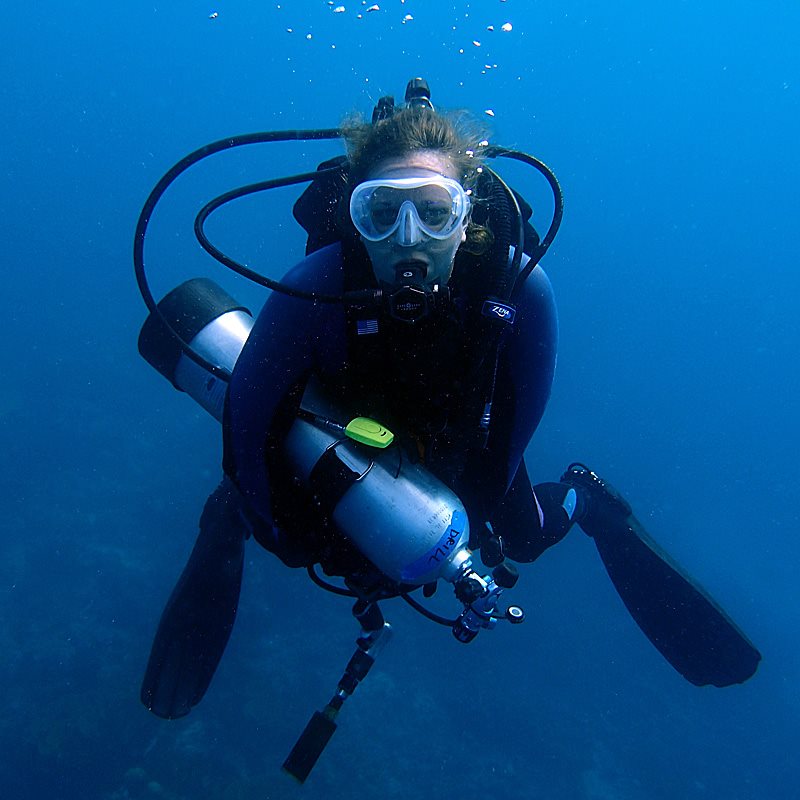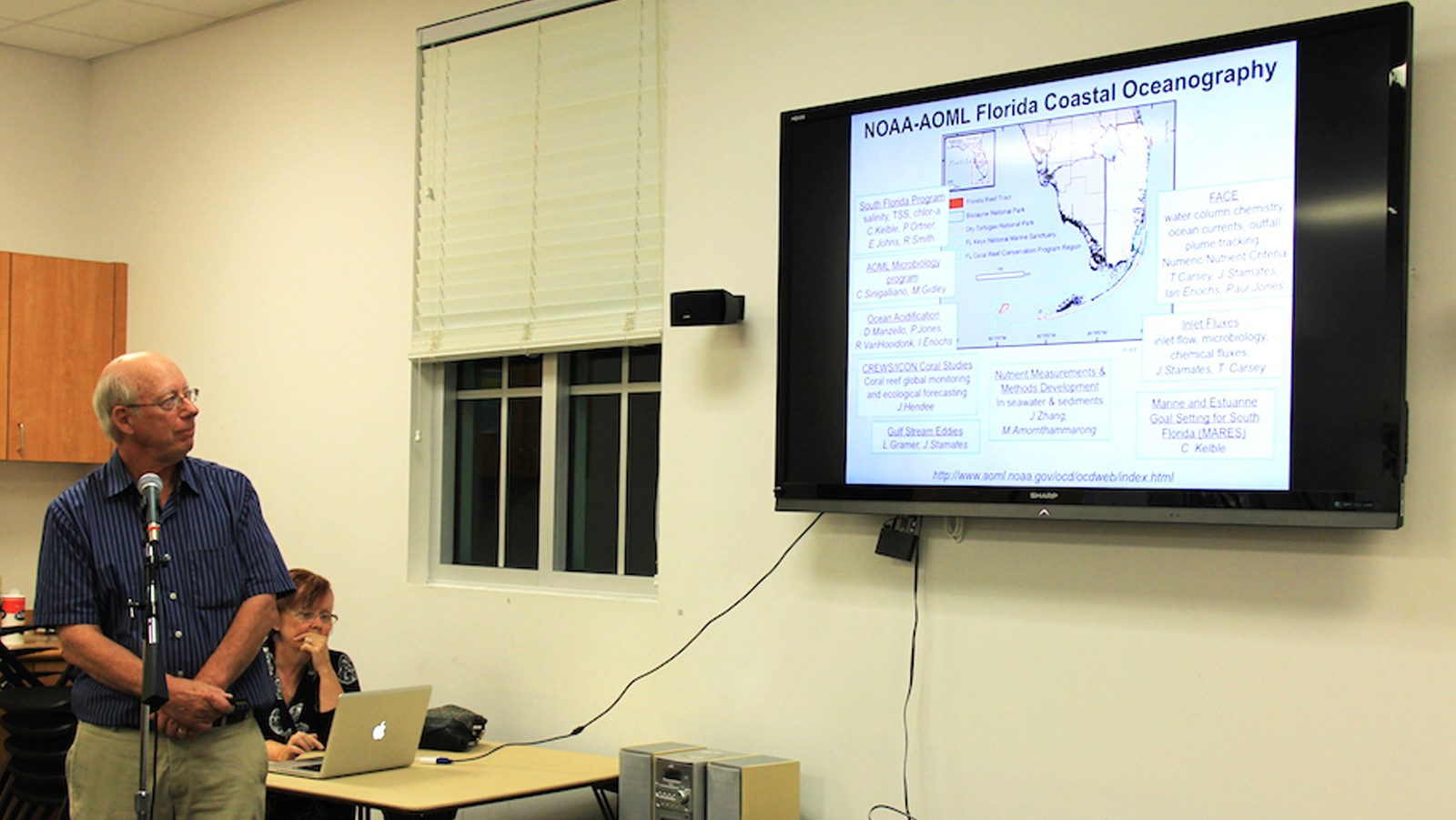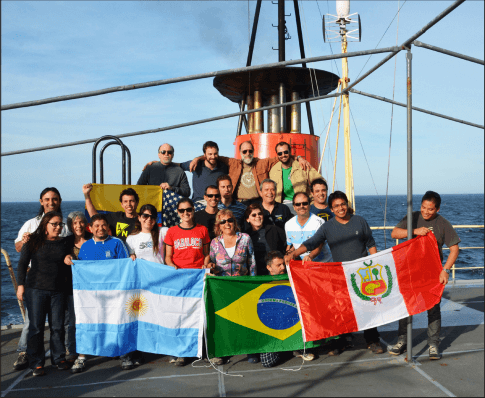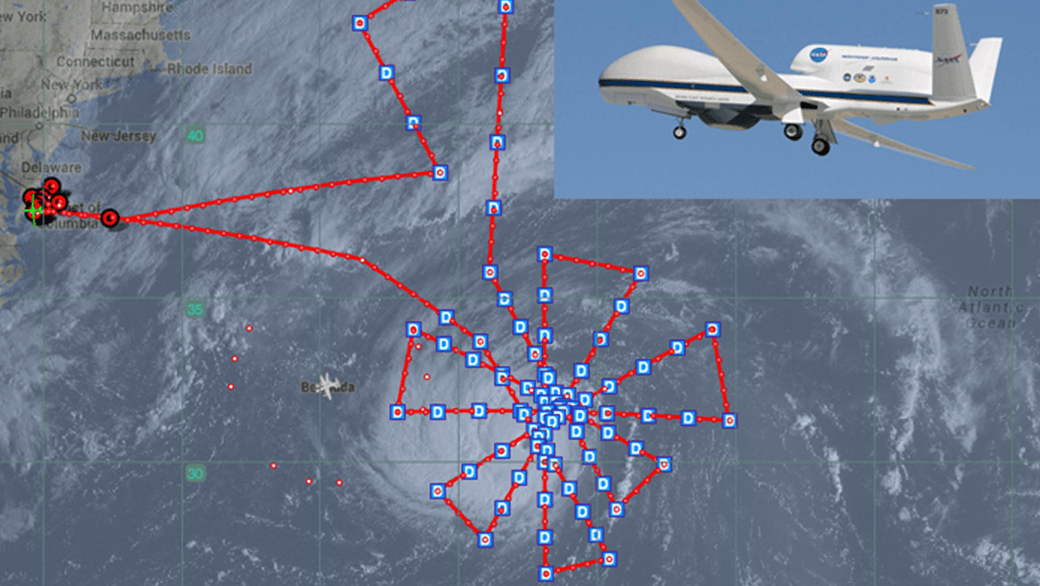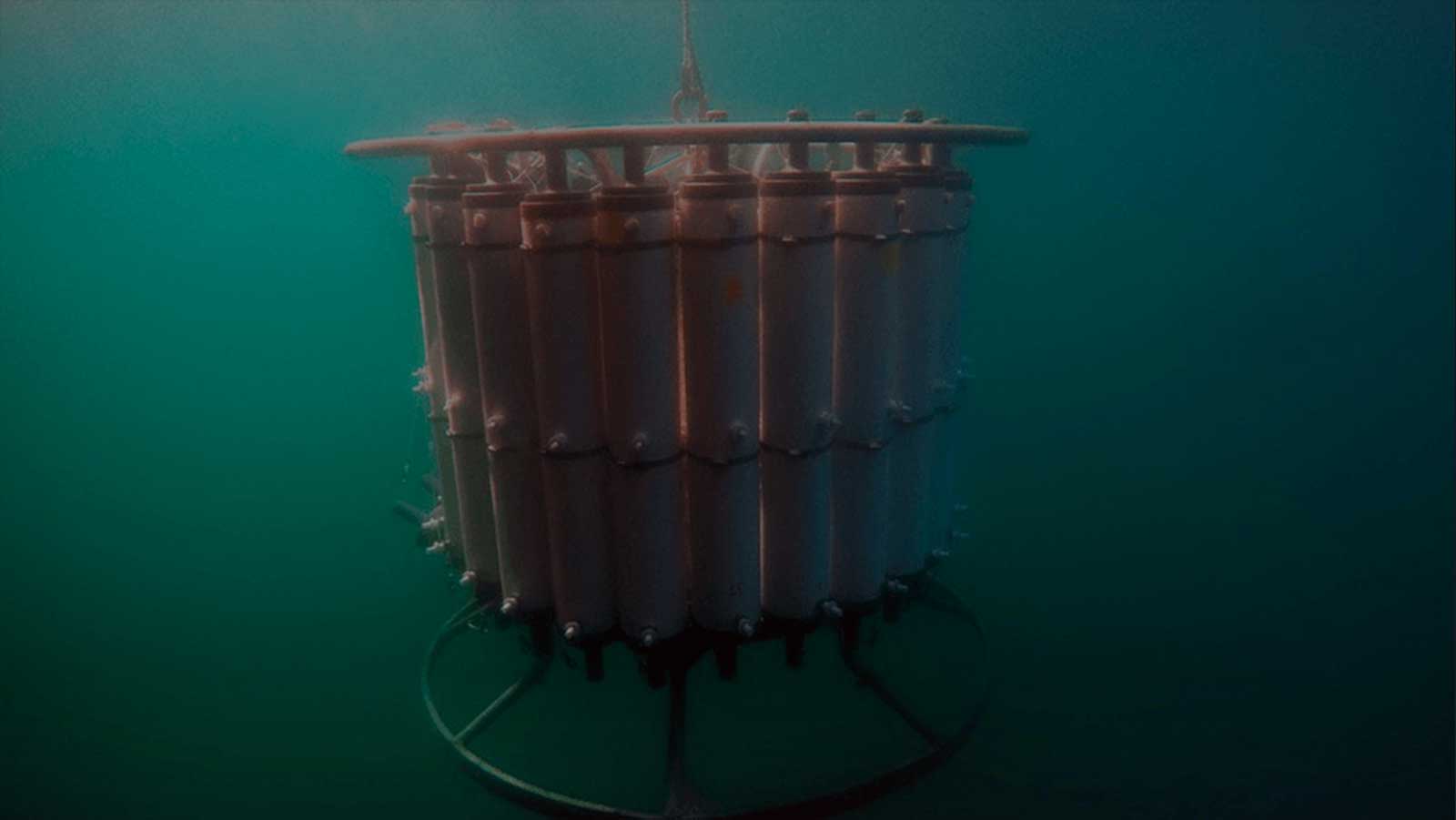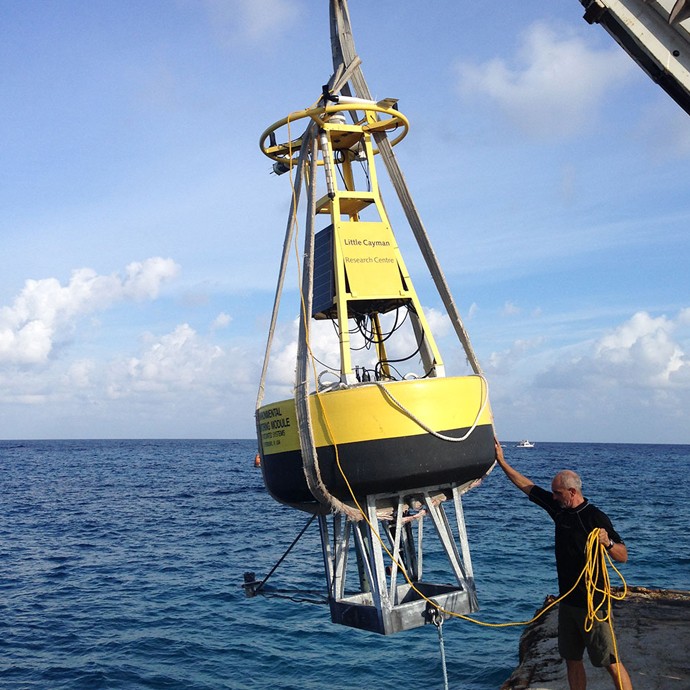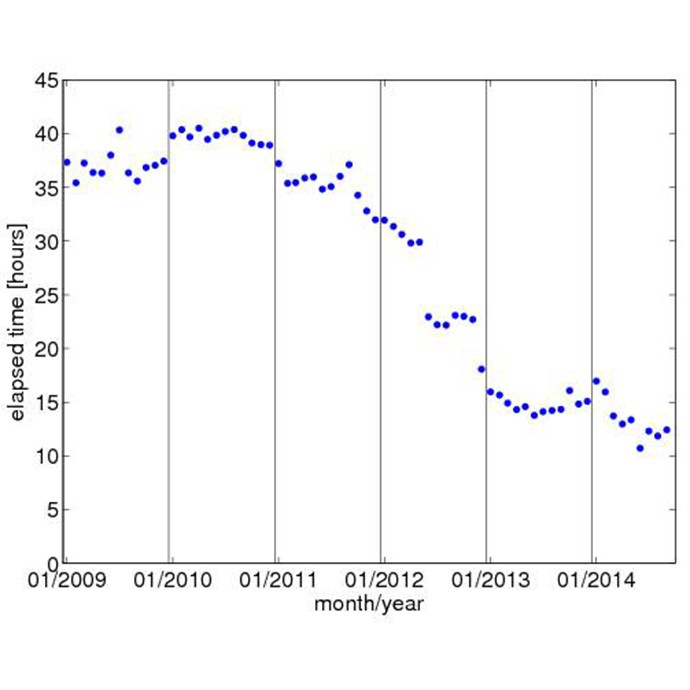Hydrographic Survey Conducted in the Florida Straits
Ryan Smith, Robert Roddy, and Jay Hooper conducted a hydrographic survey along 27N in the Florida Straits aboard the R/V F.G. Walton Smith December 11-12, 2014. The cruise was performed as part of the Western Boundary Time Series project, which conducts regular surveys such as this to quantify Florida Current volume transport and water mass changes in the Straits of Florida. This survey and others also help to calibrate daily estimates of the Florida Current volume transport derived from a submarine telephone cable deployed across the Straits.
